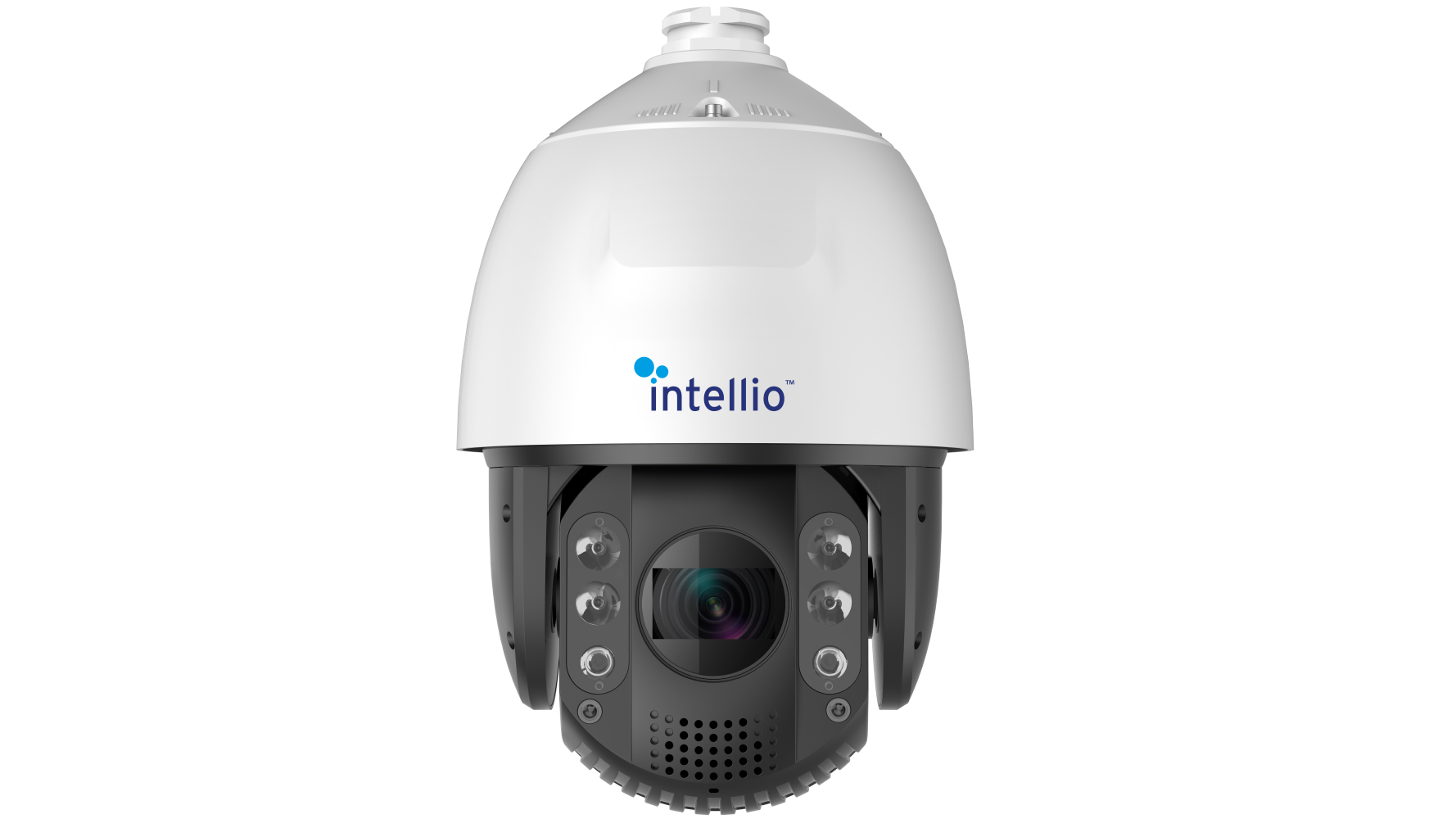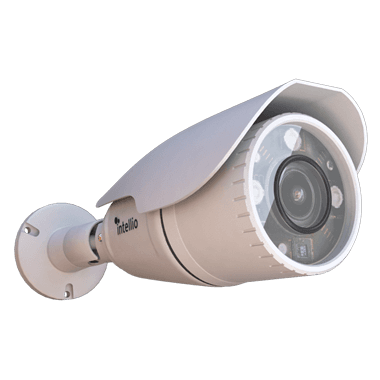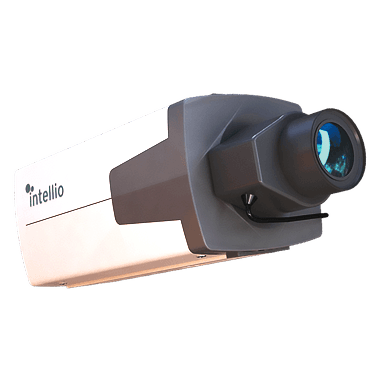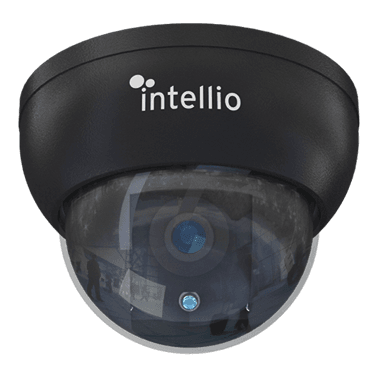
Intellio QuickView camera
4MP Speed dome cameras with optional 25x or 45x digital zoom and manual tracking feature in IVS management software
- 360° CCTV surveillance
- Automatic object tracking
- 25x or 45x optical zoom
- Vandal-proof design
Smart IP video system with analytics for any parking and access control application

4MP Speed dome cameras with optional 25x or 45x digital zoom and manual tracking feature in IVS management software

Security dome camera with motorized lens and IR for night and low-light vision

Robust bullet camera with powerful IR-assisted night vision

CCTV camera with motion detection and self-storage

CCTV camera with motion detection and self-storage

CCTV camera with motion detection and self-storage

Micro security camera with night vision
CCTV video surveillance has formed the base of many private / public security systems in the last few decades. CCTV – the popular abbreviation of closed-circuit television term, usually refers to remote surveillance: having network cameras viewing various areas of our interest, recording what is happening and checking these signals live, by a security team.
Generally, a video surveillance system consists of:
Video surveillance with a wide range of CCTV cameras – depending on the local area and its requirements. Here is a list of the most popular constructions:
Dome cameras
A dome CCTV camera has a dome-shaped casing in which the camera is located. Though these surveillance cameras have a relatively discrete appearance, it still has a great effect in deterring criminals. A key advantage of the dome design is that it makes it difficult to see which direction the camera is pointing. This creates an air of uncertainty for potential thieves or vandals approaching from any direction.
Bullet cameras
Bullet surveillance cameras come with an iconic, highly visible design. These units have a cylindrical shape and are capable of long-distance surveillance. Bullet cameras are most commonly used outdoors so their casings have to be resistant to water, dust, and dirt.
PTZ cameras
A security team can get the most benefits from a PTZ camera, that got its name from the abbreviation of Pan, Tilt & Zoom camera, referring to its free movement capabilities. With easy remote control, the camera swiftly pans left and right, tilts up and down, or has its lens zoom in and out. It’s the ideal choice for a security guard to monitor live video feed on site.
A regular video surveillance system provides the live views of the cameras, usually splitting large display to include various camera views, and these are supervised by a security team. Though human workforce is often required in smart video surveillance systems as well, these systems include many integrated analytics to detect possible threats automatically – not necessarily requiring constant human supervision. Some of these smart functions are listed below.
The system automatically detects if a person crosses a (virtual) line.
Pre-defined objects are tracked and the software sends automatic alerts when the objects are moved or taken away.
The system identifies if a camera got any external impact or moved to another direction – the last recordings of its original operation can be easily viewed.
When looking for an event, there is no need to watch hundreds of hours – the system identifies those moments automatically when something actually happened.
The video management system shows only those camera views that show movement.